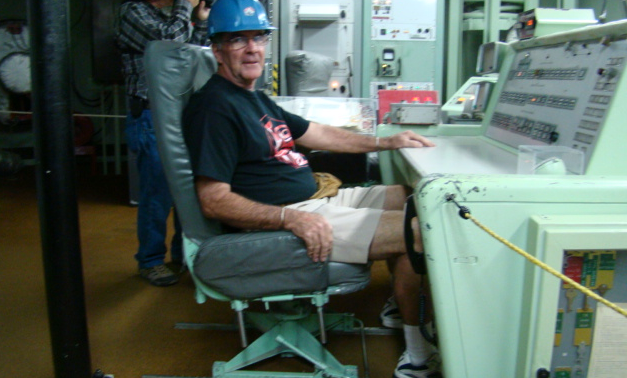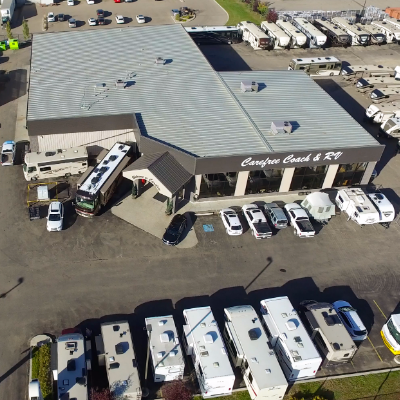Have a blast touring a decommissioned missile site
The Titan was an intercontinental ballistic missile

Hollywood has made numerous movies and documentaries about nuclear Armageddon, or the end of the world. Four films come to mind: Fail Safe (1964), The Day After (1983), Threads (1984) and Trinity and Beyond (1995). The Cold War from 1945 to 1991 can be defined as mutual antagonism between the former Soviet Union and the United States, which could have led to a third world war. The climax of the Cold War came in October 1962 with the Cuban Missile Crisis, when U.S. president John F. Kennedy forced Russia to withdraw its missiles from Cuba. Although a “hot war” never developed, both sides prepared for a nuclear war to avoid a nuclear war and keep the peace. The Titan Missile Museum south of Tucson at Sahuanta is a glimpse into the Cold War.
The American solution to a nuclear balance of power was to construct 54 missile sites, largely in Kansas, Arkansas and Arizona. The Titan was an intercontinental ballistic missile (ICBM), one of seven types of ballistic missiles. The exact military location is Site 571-7, and it was fully operational from 1963 to 1982 before being deactivated with the START treaty.
The Titan was the largest operational land-based nuclear missile ever produced by the United States. The 103-foot (31 metre), 170-ton missile could be launched in 58 seconds and was equipped with a W53 nuclear warhead which delivered nine megatons. The missile could travel 6,300 miles (10,000 kilometres) in 30 minutes and destroy a city halfway around the world.
Daily tours
This Titan 11 Missile is the only missile remaining and has been converted to a museum for the general public. As a National Historic Landmark, the missile site is operated by the Arizona Aerospace Foundation. Guided tours are held daily, with five tour options including a sleep-over. Most people select the one hour tour. The guided tour begins with a short film followed by a walk around the inner compound where the missile nose cone, engines and fuel are located. This was the first liquid propellant missile that was launched underground.
The best part of the tour is going underground, either by walking down 55 steps or using the elevator. The guides are former employees, are very knowledgeable and would make any engineer happy with their tech talk.
The bunker
Once underground, the bunker descends eight floors (140 feet) to the bottom of the Titan missile. The bunker is equipped with giant springs to absorb an earthquake or nuclear blast. The cement walls are eight feet thick with three-ton blast doors. The bunker was completely self-contained, built to withstand a nuclear blast and allow the crew to survive for months.
Underground there are two major attractions. First, walk the cable way tunnel to view the nose cone of the missile sitting in its launch duct or silo. If the missile looks familiar, it may be because it was used in the movie Star Trek: First Contact. It is, however, the launch control center that draws your attention.
Launching a missile
The launch control center is the heart of the missile site. It really is a thrill to sit in the crew commander’s chair, observe all the gauges on the console and realize by pressing that red button you could start a nuclear war. In reality, however, it would have taken more than pressing just one red button. Two people were on duty for a 24-hour shift. To launch a missile, known as the Emergency War Order, a secret code had to be inserted, two keys had to be turned for three seconds to unlock the fuel valves, which turned on the Missile Away indicator switch. Of course, the president of the United States had to make the final decision with that fatal phone call.
Does all this sound like a James Bond movie? It is a fascinating, frightening and daunting experience to realize that this very launch control center could have initiated a nuclear war. In reality, the missile was never tested. The only occasion on which this missile base was put on full alert was November 22, 1963, the day President John F. Kennedy was assassinated.
On the way out, visit the museum and gift shop to learn more about how nuclear weapons kept the peace and, at the same time, feel fortunate the Cold War is part of world history.
Buy a missile site
If you’re interested, the U.S. government is selling off abandoned missile sites in Maine, Indiana, New York, Ohio, Colorado, Kansas and Arizona. Check missilebases.com for listings. As of January 2013, 57 missile sites have been sold and 12 are currently for sale. A missile site would make one huge renovation job, but think of the novelty. What a blast!






